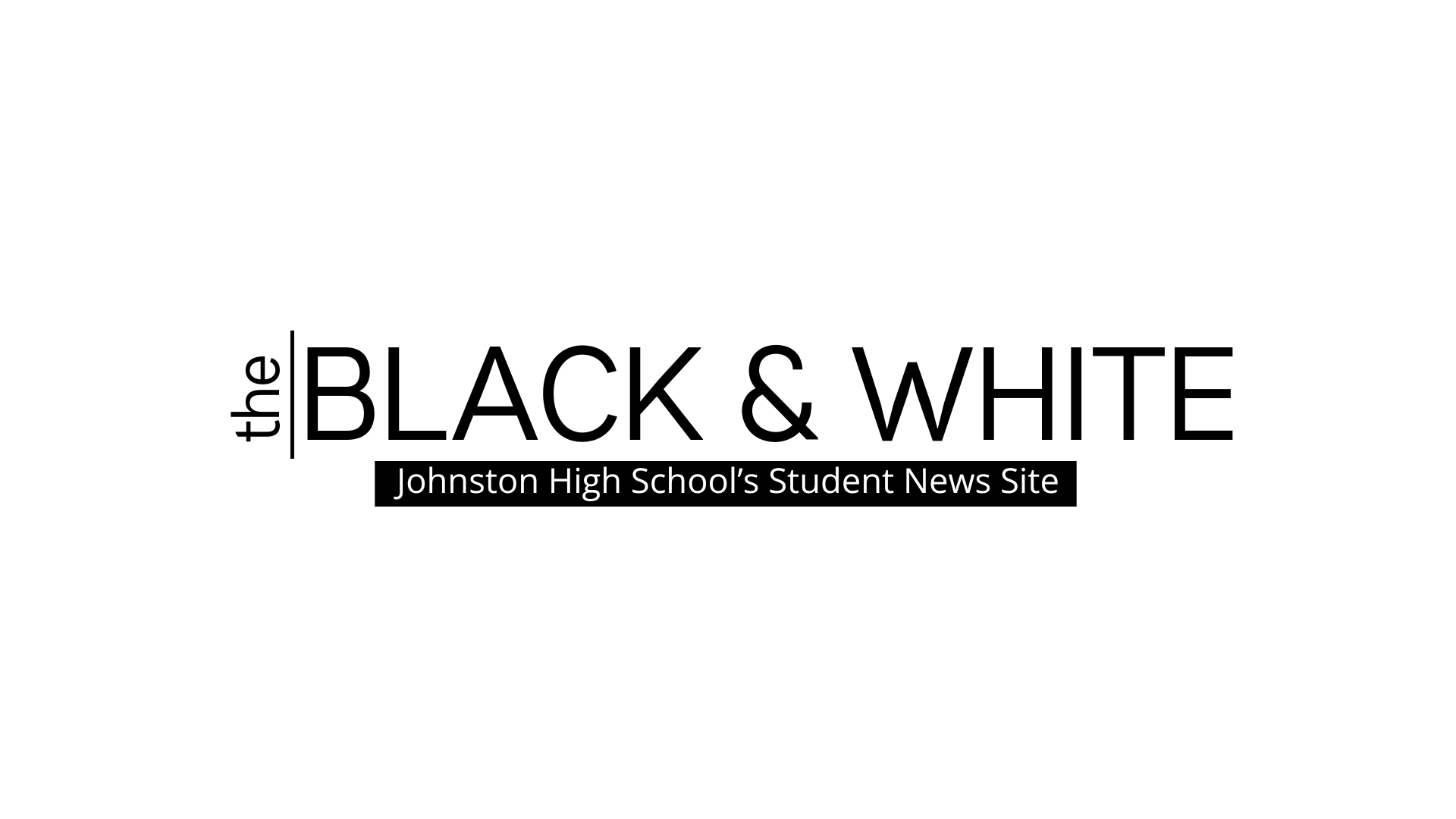Student growth causes classroom overload
The following teacher to student ratio graphic shows the number of students per average class and max capacity allowed in a classroom. U.S. History teacher Jerry Kinder teaches the most amount of students, an average of 30 students in each class. The max amount of students allowed in an average class, the second line, is 30, while in a limited space class such as clay or photo art, only 20 students are allowed. In the last line, P.E., the max amount allowed is 35.
April 20, 2015
After two years of heavy class loads, ranging from 25 to 30 students each in a speech class for an entire grade, English teacher Wendy Arch finally caught a break through the AP Literature course. Arch’s peaceful period of classes at a height of 23 bodies, has now blossomed into a little bit of an overload of 25.
“It just kind of gradually kept going up until the smallest class was 20, and then the smallest class was 22, and now my smallest class is 25,” Arch said. Ever since taking the position in 2008, she has seen a growing number of students in each of her classes giving her more students to teach along with each of their personalities learn. Though these students bring more of a diverse ability and opinion to the classroom, Arch notices hardships in not only to grading or leaving feedback on papers but continuously finds it difficult to keep up with students as well.
“It is really hard to keep track of who’s doing what, what’s going on and what they need,” Arch said.
Sophomore Allan Juarez feels that the smaller classes allows him to gain more help from his teachers on assignments. “There’s a less student to teacher ratio [in smaller classes], so you get more attention as a student,” Juarez said. This semester, besides PE, his largest class is Integrated Language Arts, a class known for papers and speeches.
Hiring a teacher seems like the most practical option to fix the growth issue and bring back small classes, however in all reality the funds nor space are able to handle that. The amount of money coming in to fund teaching has not been able to keep up with the growth of classes, making it hard to add new staff.
“There’s a point in time where it’s do we hire a teacher or not hire a teacher,” assistant principal Jerry Stratton said. “Well is there money to hire a teacher, no, okay then you have to make do with what you have.”
Over the past three school years, the high school has been gradually receiving more students than losing. Between 2012 to 2015, more students have left the school rather than enrolled for the first two school years, however this year 29 more students came into the building instead of leaving.
Yet Government teacher Ben Knight does not find himself affected by the number of students coming in, instead his classes fluctuate each year depending on the size of the senior class, not on the student body as a whole. Having only seniors, unlike Arch and others who must keep track of multiple grades and types of classes, Knight has taught both crowded and small, giving him a wider variety of teaching atmospheres. However, having a smaller class does not always mean it is easier for Knight.
“It really boils down to the makeup of the personalities in the room,” Knight said. “I’ve had large classes where they really get into discussion and everyone is contributing, I’ve had small classes where its the opposite.” He finds that when students do not mesh in sessions with a limited amount of students, the discussion becomes nearly nonexistent and a challenge to keep rolling.
While sitting in a rather full World History class, sophomore Téa Grady finds herself enjoying the large group discussions that come with the growing classes. “I think I like larger classes, you can collaborate with more people and work together instead of alone,” Grady said. Though she thinks that more questions and topics can be brought up, if no one reads the sections assigned the conversation is slow and awkward.
For now, teachers have the option to hold more students stuffed into their classrooms or add more sections of a certain class.





